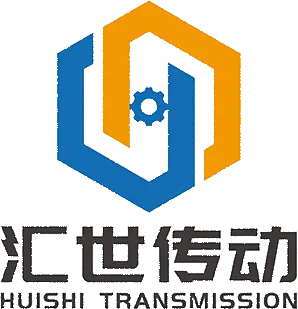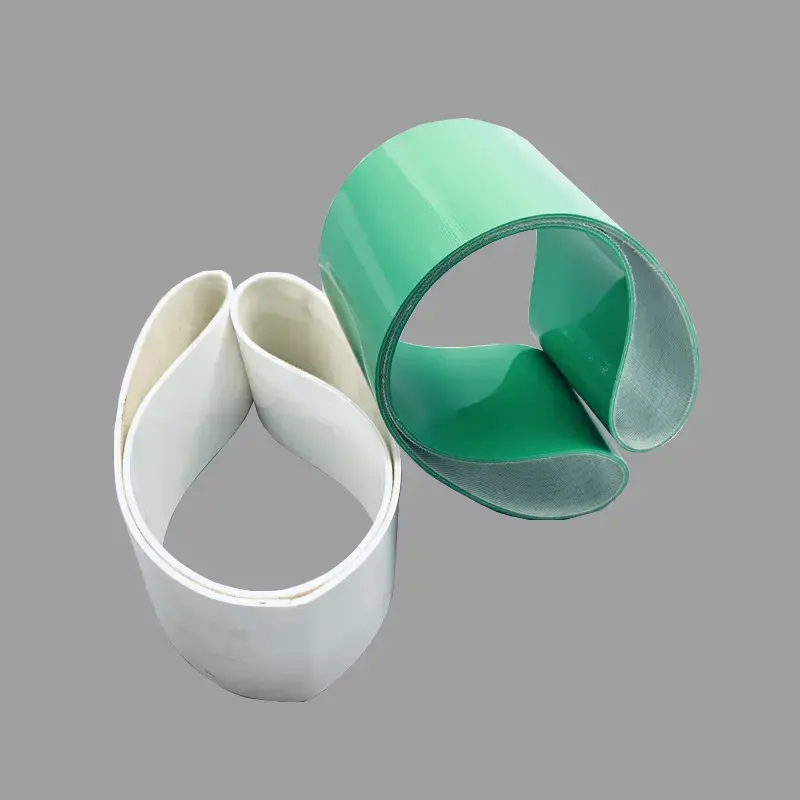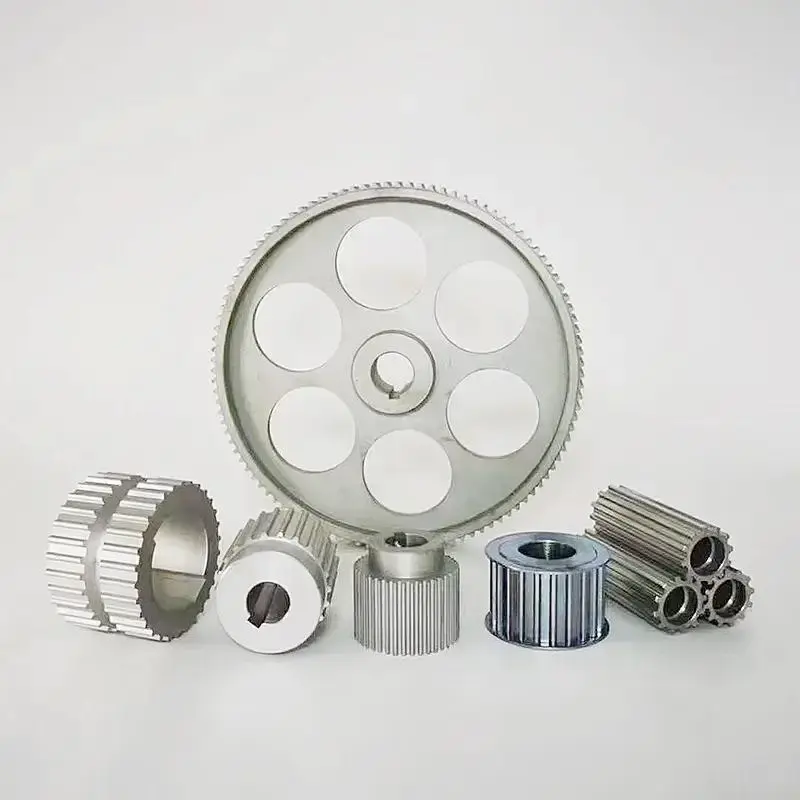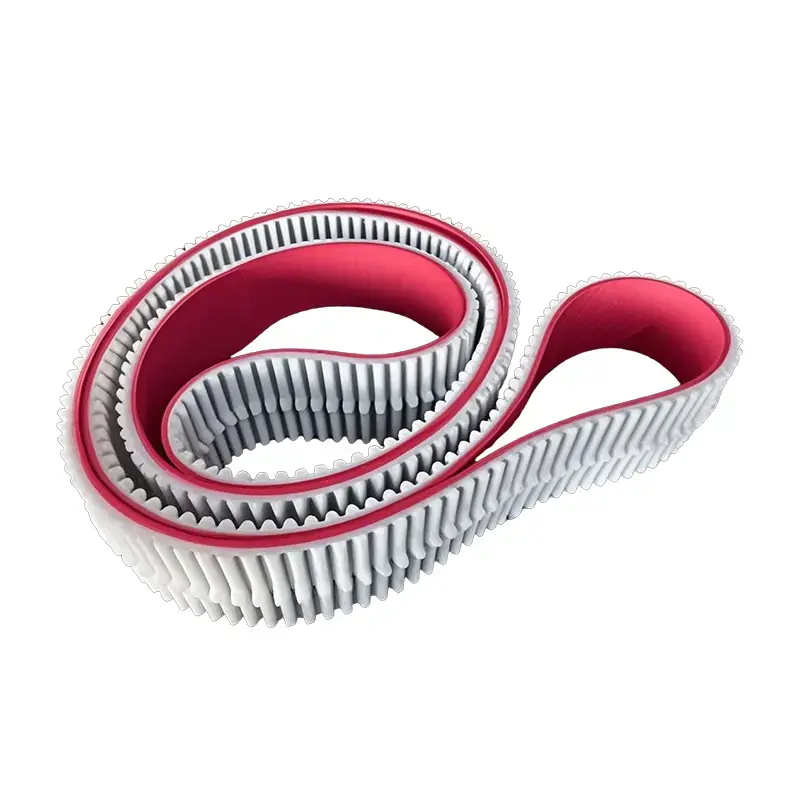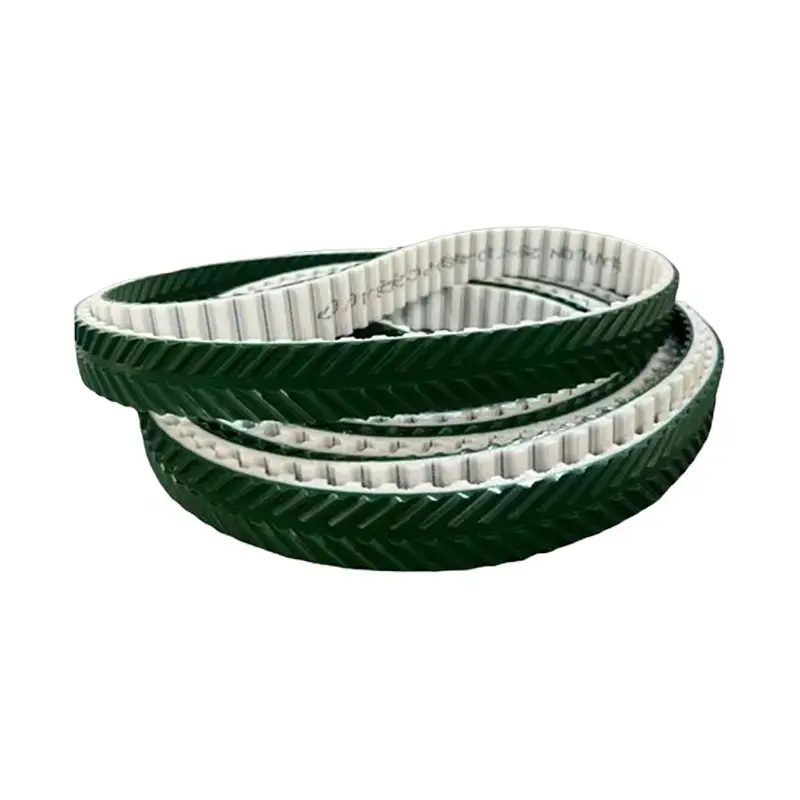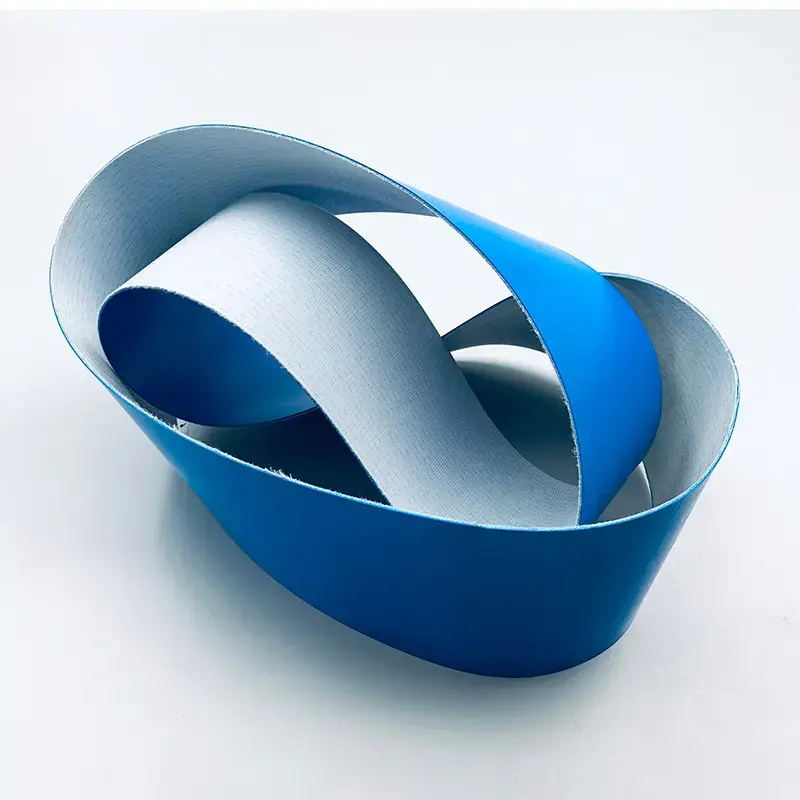 +86-19862000127
+86-19862000127 Pulleys and Gears: The Unsung Heroes of Industrial Efficiency
In the complex world of industrial machinery, every component plays a vital role in the overall performance of a system. Yet, few are as fundamental and versatile as pulleys and gears. These mechanical powerhouses are not merely parts; they are the core of motion and force transmission, enabling everything from massive conveyor belts to precision robotic arms. For businesses seeking to optimize their operations, understanding the strategic importance of Pulleys And Gears is key to unlocking greater efficiency, reliability, and profitability.
Pulleys: Transmitting Force and Changing Direction
Pulleys are simple machines that use a wheel and rope (or belt) to lift, move, or change the direction of a force. Their power lies in their ability to provide a mechanical advantage, making it easier to lift heavy objects and transmit power over a distance.
Key Advantages of Pulley Systems:
-
Mechanical Advantage: By using a system of multiple pulleys, you can significantly reduce the amount of force required to lift a heavy load. This is essential for applications like cranes, hoists, and elevators.
-
Speed and Torque Control:By adjusting the ratio of pulley sizes, you can increase or decrease the rotational speed and torque of a system. A Large Pulley driving a small one increases speed, while the reverse increases torque.
-
Smooth and Quiet Operation: Belt-driven pulley systems typically run more quietly and smoothly than gear systems, and they can absorb shock loads, making them ideal for applications that require a steady, non-jerking motion.

Gears: Precision Power and Torque Multiplication
Gears are toothed wheels that mesh together to transmit rotation and torque. They are the backbone of countless mechanical systems, from car transmissions to industrial mixers. Gears excel in applications where precise timing and high force multiplication are required.
Key Advantages of Gear Systems:
-
High Torque Multiplication: Gear ratios can be set to dramatically increase torque, allowing a small motor to move a very large load. This is a fundamental principle in heavy machinery and industrial conveyors.
-
Positive Drive: The interlocking teeth of gears ensure a positive drive, meaning there is no slippage. This makes them perfect for applications that require precise timing and synchronization, such as robotics and printing presses.
-
Compactness: Gearboxes can be designed to provide significant force and speed reduction in a very small footprint, which is a major advantage in space-constrained industrial equipment.
The Synergy of Pulleys and Gears
While pulleys and gears are powerful on their own, their combined use is what truly revolutionizes industrial applications. Pulleys can be used to transmit power efficiently over long distances, while gears provide precise speed and torque control at the point of action. A system that uses both can deliver the best of both worlds: flexible power transmission and powerful, precise motion.
By carefully selecting the right type and configuration of these components, businesses can optimize their machinery for specific tasks, leading to reduced energy consumption, lower maintenance costs, and a significant increase in overall productivity.
FAQ
Q1: When should I choose a pulley system over a gear system?
A1: Choose a pulley system when you need to transmit power over a long distance, require smooth and quiet operation, or need to absorb shock loads. Pulley systems are also typically more cost-effective for these applications.
Q2: Why are gears used for high-torque applications?
A2: Gears provide high-torque multiplication through their specific gear ratios. By using a small gear to drive a large one, the output torque is significantly increased, allowing a less powerful motor to move a much heavier load.
Q3: What is the main difference between a timing belt and a V-belt in a pulley system?
A3: A V-belt relies on friction to transmit power and is used for general-purpose applications. A timing belt has teeth that mesh with a toothed pulley, providing a positive drive similar to a gear system. Timing belts are used when precise synchronization is critical.



